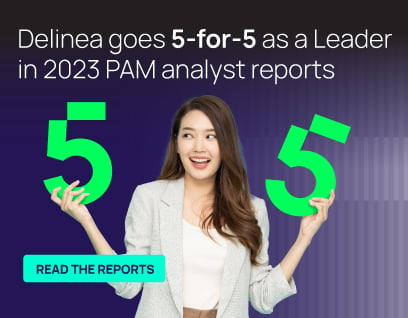Centrify is now Delinea
A privileged access management leader providing seamless security for modern, hybrid enterprises.
With Delinea, privileged access is more accessible.
Centrify Products, Resources, Support and Pricing can still be accessed via the links below:
